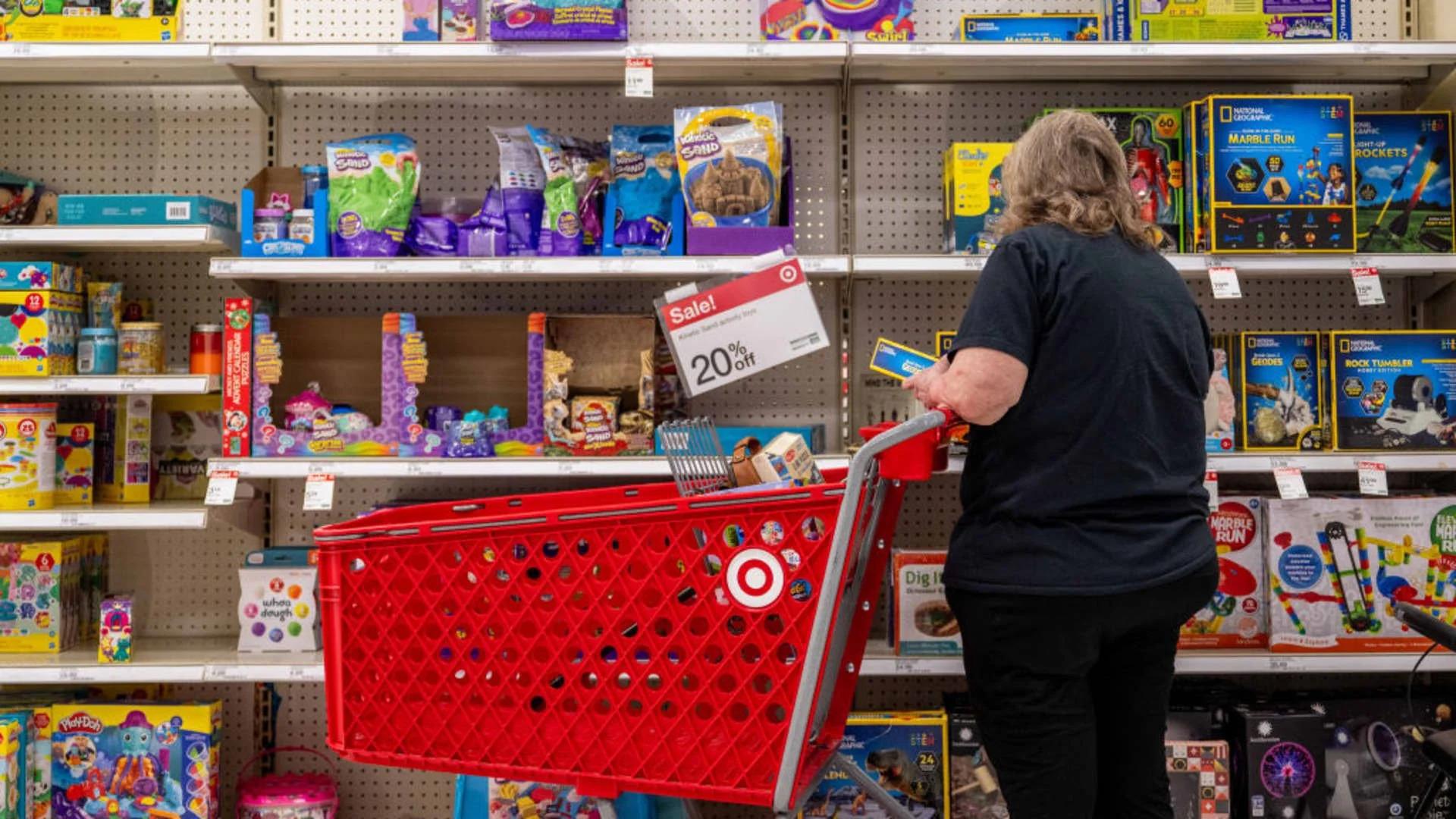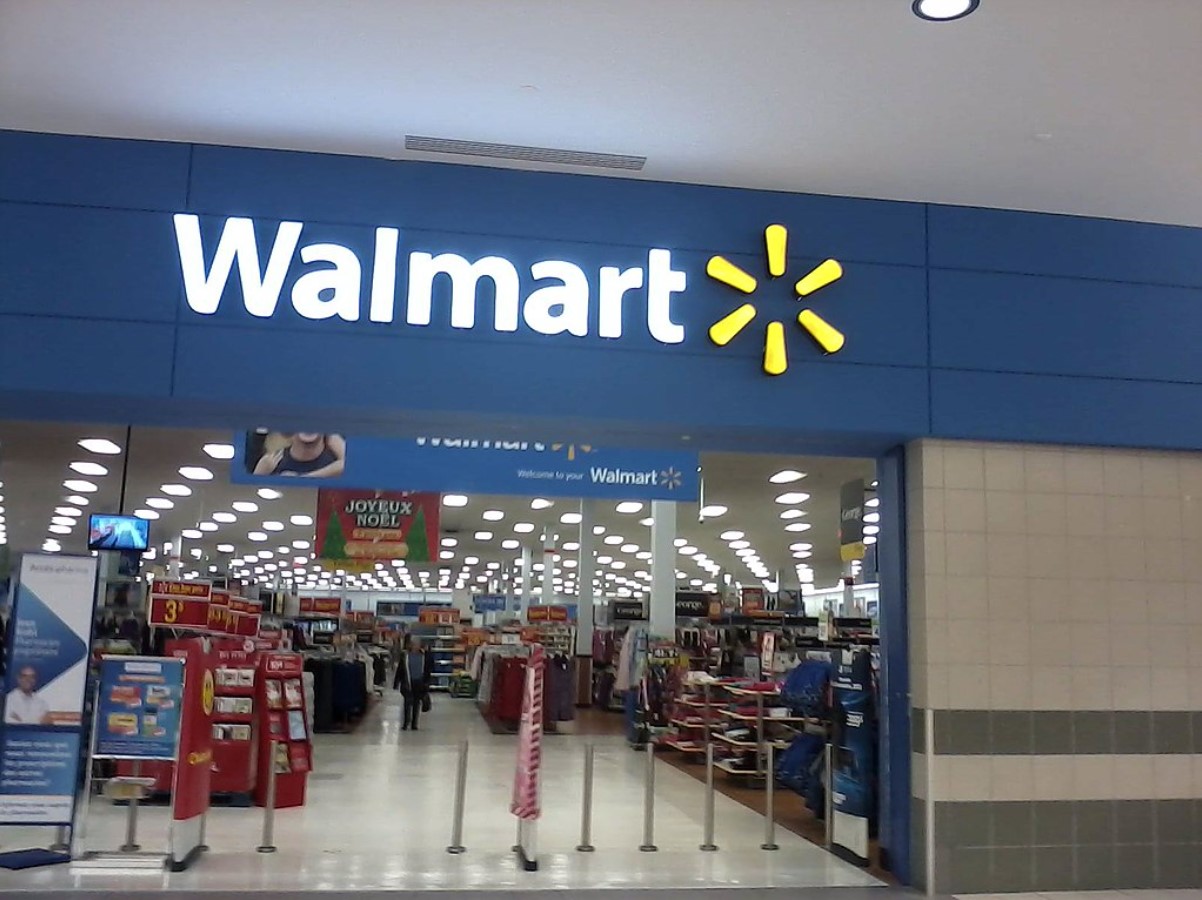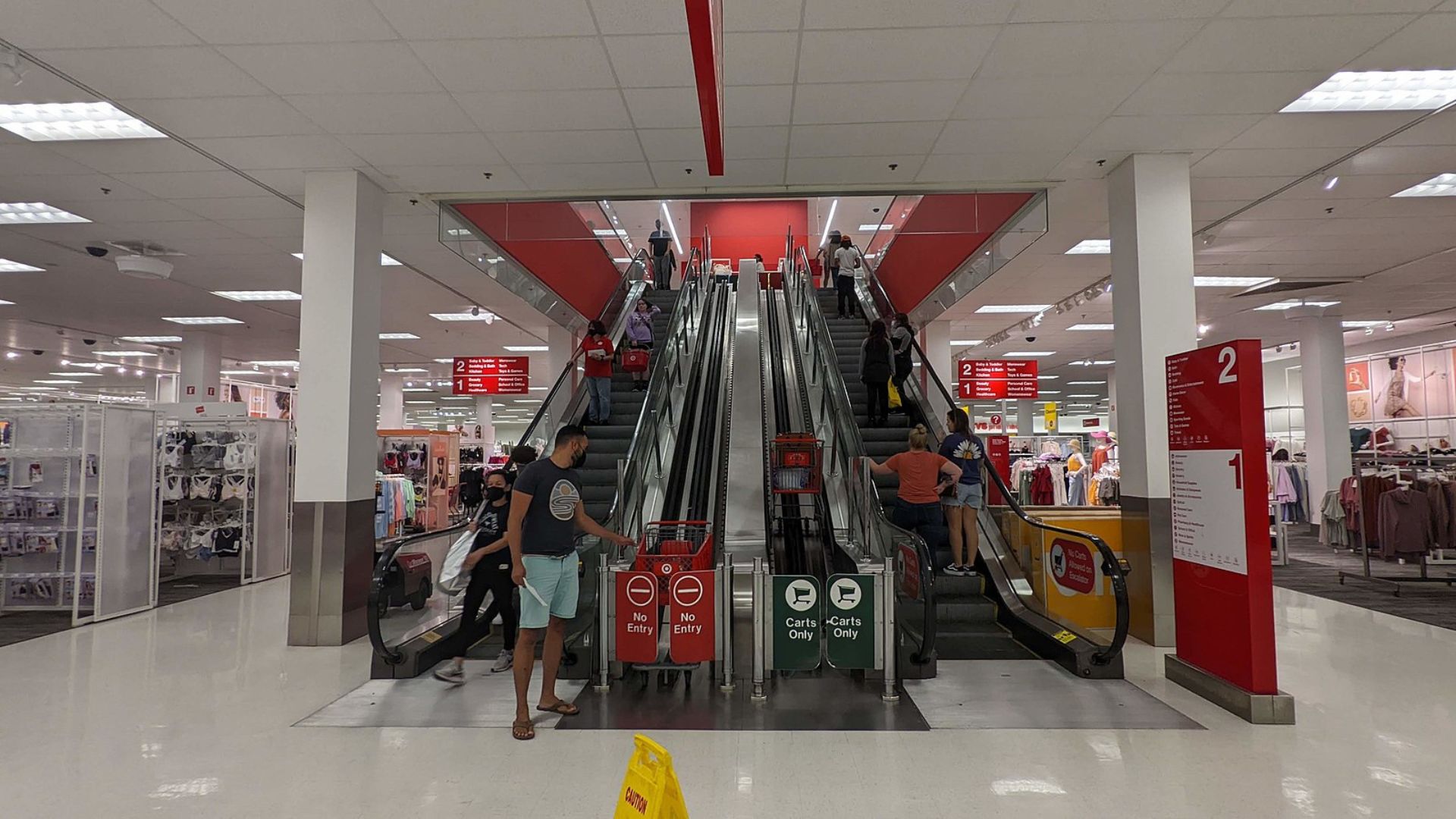Major retail stores, like Walmart, Target, Aldi, and Amazon Fresh, are trying to fight back against inflation as customers become more and more price-conscious.
People are raising questions about the uncertain economy as they double-check the new price of eggs, from driving sales to cost-cutting trends.
Americans Are Paying More at the Grocery Store

American consumers are paying more and more at grocery stores and fast-food chains. These grocery stores are blaming the price hikes on inflation.
Over 2022, grocery prices rose over 10%, which was the largest annual increase in prices since the 1970s.
Consumers Pull Back

According to Jacobin, Americans are spending 95% more for eggs, 33% more for a pound of ground beef, and 22% more for a gallon of milk than they did before the pandemic.
But companies are expanding profits while consumers continue to pinch pennies. However, companies are expanding profits while consumers continue to pinch pennies.
Retailers Cut Back on Prices

While these price-cutting strategies were done with good intentions, this is not necessarily an indication that inflation is getting better.
Instead, price cuts are more indicative of retailers’ attempts to compete in a heavily promotional environment without sacrificing profit margins.
Target and Walmart Scale Back

Last week, Walmart US CEO John Furner told analysts during an earnings call that the company has almost 7,000 rollbacks or temporary price reductions on goods. Days later, Target announced that 5,000 popular products were getting price cuts.
These major retailers acknowledge that consumers are pinching pennies, and are looking for the best prices when it comes to their weekly grocery shopping trip.
A Calculated Deception

Even with these price cuts, these major retailers are not incurring losses to benefit consumers’ wallets.
“I don’t think Target or Walmart would be engaging in such large cuts without commitments from their vendors to cut the price at which they sell to retailers,” Preston Caldwell, senior U.S. economist at Morningstar Research Services, told FOX Business.
Cutting Costs

Caldwell said “this could signal broader cost-cutting across the supply chain, including manufacturing and logistics.”
Retailers have been looking at cost-cutting measures across the board from staffing to limiting operating hours.
Inflation Is Cooling Down

Inflation has been falling considerably from a peak of 9.1% in June 2022 but remains above the Federal Reserve’s target of 2%.
Prices at your local grocery store have been reflecting this wild wave of hot inflation since 2022, with prices rising 3.4% from the same period a year ago.
The Illusion of a Deal

Even if inflation makes competition a little tougher, capitalism remains in effect despite some prices being better at one store compared to another.
Instead, these price cuts are retailers’ attempts to get customers back into their stores by offering the best deals, while purchasing other full-priced items, whether needed or not.
Competition in the Inflation Period

Morningstar Research Services consumer equity analyst Noah Rohr argued that these price reductions “are more indicative of the competitive landscape than inflation.”
“Retailers increasingly see customer retention as critical to its business model, especially as they see opportunities to build up its membership programs, and alternative profit streams like digital advertising revenue,” Rohr said, citing examples like Walmart+ and the newly upgraded Target Circle 360 program.
Consumer Spending Is Still Low

In April 2024, Reuters reported that consumer spending is still staggering low even as inflation cools.
“People have been pinched for a while, and it’s likely starting to show … This cooling is encouraging for slower inflation in the coming months,” said Elizabeth Renter, a senior economist at NerdWallet.
Will Consumers Start Spending More?

In April, consumer spending, which accounts for more than two-thirds of US economic activity, increased by 0.2%, and analysts predict it will rise to a 3.3% pace in the October-December period.
With these predictions, then it’s no surprise that goods prices increased 0.2% in April after edging up 0.1% in the prior month.
